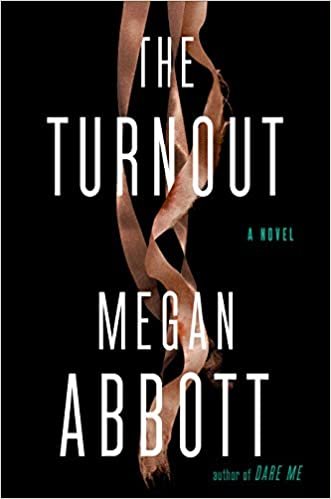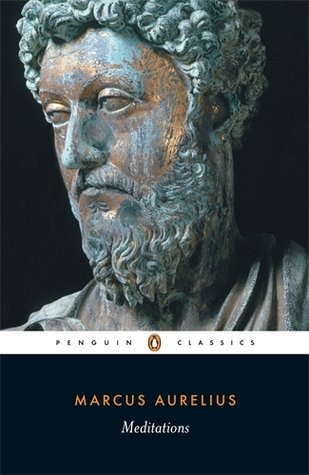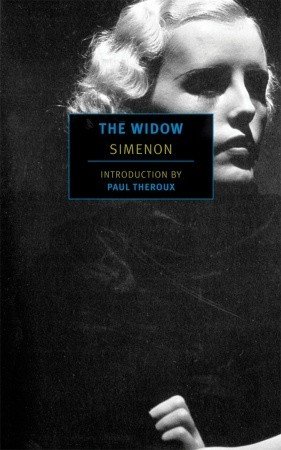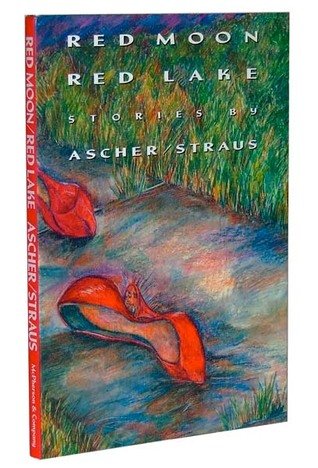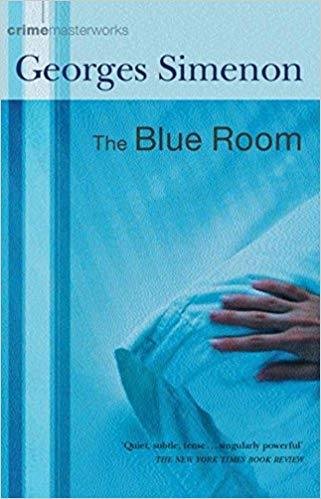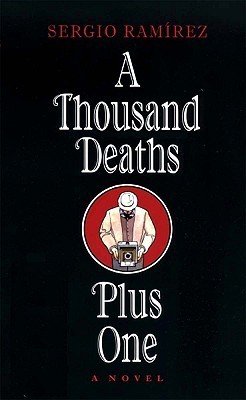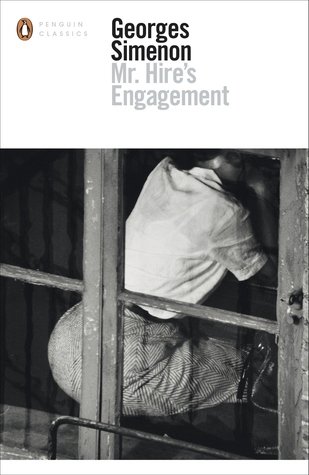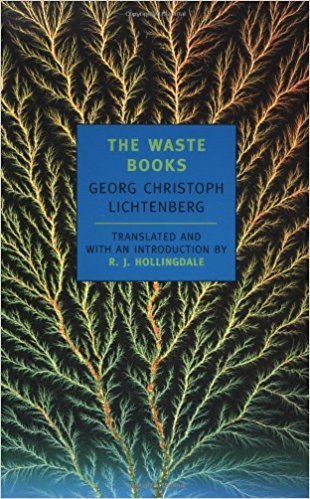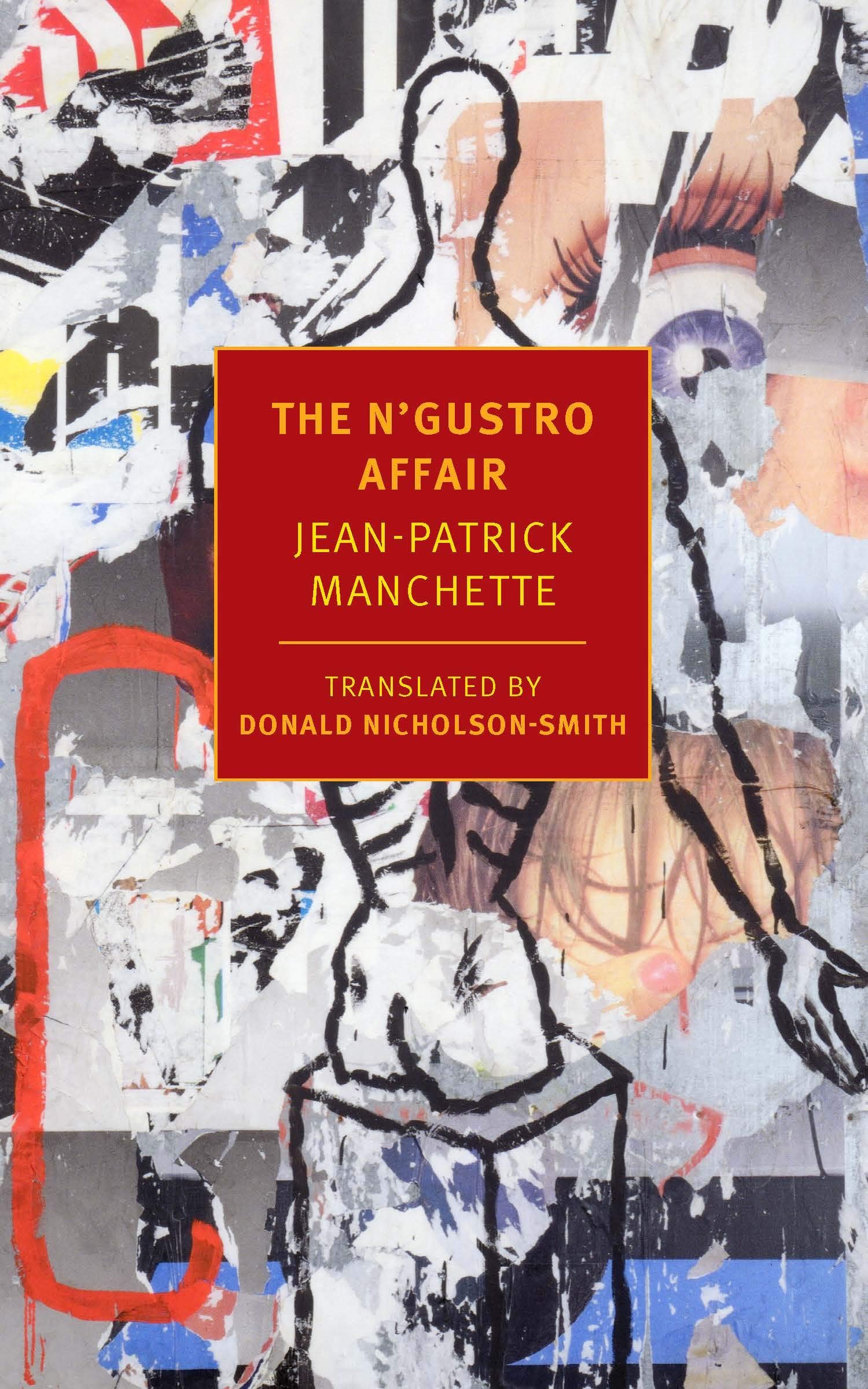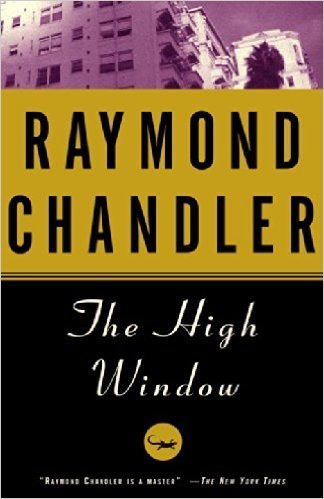Honorable Men
Gayane Torosyan Stevens was found dead early in the morning on June 6th, 2022 beneath the Colorado Street Freeway exit, in a transient encampment along the LA River. The autopsy report indicates that she died of a gunshot wound to the head.
These are the only indisputable facts in this matter; everything which follows is personal report, rumor, or hearsay. Apart from Gaya herself, the names have been changed.
The last time I saw Gayane Stevens she was building out the room in which she would be killed, laying lengths of scavenged plywood into the girders below the Colorado Street bridge, the freeway for a roof and a twenty-foot drop to the concrete riverbank. A short, slender Armenian woman in her early 40s, Gaya stood out among the other unhoused along the river. You didn’t need to know that she had an MBA, or that only a few years earlier she had worked as a financial services adviser; she was physically and mentally more robust than her neighbors. Passing her on the street, you’d have thought she taught yoga or sold candles on Etsy.
I was visiting on behalf of a homeless organization with which I volunteered, handing out bottles of water and hygiene kits. I’d been doing this most weekends for the last several years, tramping through encampments along the LA River, forging relationships and trying to connect the inhabitants with housing and other forms of support.
As usual, Gaya was friendly but disengaged. After some debate, her and her boyfriend, Nil, agreed to a van ride to a shower station we had set up further down the river. It was a banal interaction—I only remember it because the van took a while to arrive, and I grew petulant waiting in the heat.
Gaya was killed a month later. News of her death quickly made its way through the veteran members of my outreach group. The feeling was one of muted shock; Gaya was known to have trouble with her neighbors, and life along the river is savage. Still, the realization that Gaya’s murderer might well be one of our participants, someone to whom we had offered clean socks, or shared a picnic lunch, was horrifying—though not quite unthinkable.
“Never has an honorable man slept under a bridge,” Nil tells me over the phone a few weeks after Gaya’s death. I’ve known Nil for almost as long as I’ve been doing outreach. In his mid 40s, he is a constant fixture along the river and a long-time participant in our various programs. Despite living unhoused for years, he remains intelligent and physically fit. A bipolar methamphetamine user, he is also clever, witty, and a talented artist. He used to play piano at our pre-Covid potlucks. Nil has been the target of violence—last year he was assaulted by another unhoused—but on the streets the line between victim and victimizer is very thin, and river rumor credits him with owning a gun.
Nil says he knew Gaya for about a year before she was murdered, but that they only took up with each other a few months ago. He says that Gaya was “a beautiful person,” smart and capable. Like everyone else, he is mystified as to why a woman with Gaya’s background was on the streets, although he hypothesizes that she was “running from something.”
After a few minutes, Nil reveals another facet to his relationship with Gaya. She was intelligent and energetic, but she was also a troublemaker and a thief. This last is a particular taboo among the unhoused, where it impossible to guarantee the safety of one’s possessions, and theft is a source of constant, almost paranoid concern. Nil says that Gaya “thought my stuff was hers,” adding that she was constantly “gangstering my stuff.” He says she could also be antagonistic and even combative, starting fights without any clear reason.
In fact, the night before she was killed, Nil says Gaya manufactured an argument and forced him out from the encampment, even going so far as to throw a bottle of urine at him. “Granted,” he adds, “it was my urine, but still.” Nil says he left the bridge but pitched a tent nearby. Early the next morning he heard a “blood-curdling scream,” but did not investigate. Heading back to the encampment later to “start on his morning chores” he found “rivulets of blood running down like discarded milk… so fresh that it hadn’t drawn flies.”
Before checking on Gaya or notifying the police, Nil says he told everyone else in the encampment of his discovery—most of whom decided to leave—then took videos of the crime scene. He explains that he felt the videos would somehow be evidence of his innocence. Once finished filming, he called the police, who collected the body, interviewed him, then left.
Nil says he has a hunch who killed Gaya but refuses to share. He alludes to larger conspiracies, and hints at a connection Gaya had with the Armenian mob. There is a lot about Nil’s story I don’t understand, and some things he doesn’t want to share over the phone. We arrange to meet in person later in the week.
Nil declined to say who was beneath the bridge the morning of Gaya’s murder, but he didn’t need to. There is a common misconception that most homeless are transients, but in fact the majority are sedentary, remaining in the same encampment for months and even years, building out their hutches and accumulating possessions. The Colorado Street Bridge encampment has a fairly stable tenancy, and I know most of the people who sleep there.
One of these is Carl, who lived in the loft beside Gaya. Once upon a time Carl ran a limousine service, but he’s been unhoused for the last ten years. A decade on the streets has not been kind to Carl; he suffers a host of physical ailments and gives a strong impression of ill-health. A few weeks before Gaya was murdered, someone beat him so badly that he had to be taken to the hospital, though no one wants to say who, or why.
Despite being a potential suspect and admitting, unsolicited, to a list of outstanding felony charges, Carl is happy to speak with me about Gaya. He frames his story by explaining that he is on what he calls his “God Thing,” by which he means both that he tries to live according to Christian ideals and also that God speaks to him personally. It was God who told him to make a loft under the bridge with plywood, he explains, and Gaya who stole the idea from him. Although he initially describes her as “sweet, intelligent, and outgoing,” it isn’t long before he is portraying Gaya as a volatile woman with a loose sense of personal property. He says that she had moved into his spot a few months before her death, ostensibly to “help him with his work.” But as the days wore on, Carl describes Gaya as having become more antagonistic, starting “heavy duty arguments” in what he perceived as an attempt to provoke him to violence—although he adds that he “never laid a hand on her.”
Eventually the situation became untenable, and Gaya moved out a month before her death, building her own loft next to his and taking up with Nil. Going from roommates to neighbors did not improve their relationship. In fact, Carl explains that just before her death, Gaya had stolen a piece of his plywood with which to expand her space. She was “trying to punk me,” he explains angrily, knowing that “being on my God Thing I wasn’t going to beat her ass.” Rather than resort to violence, Carl says he left the encampment and wasn’t around the morning of Gaya’s death. He says that there were a lot of people angry with her, but that no one he knows would have killed her.
Shortly after her death, Nil set up a gofundme page to repatriate Gays's ashes to her native Armenia. Entitled ‘Wings for Gaianna [sic],’ it depicts his relationship with the deceased in sanguine, even flowery terms. “She helped me to realize that I was worthy of love, and set me on a course of personal self improvement and empowerment for I hope to one day regain my place in society...” He suggests that Gaya was “slashed to death” by “some sick and deprived psycho killer that I believe is currently stalking the homeless recently they (the cops) don't want anyone to know about what's actually happening in Glendale to the homeless or unhoused in this area because they do not desire to generate any sympathy…for the people that reside on the streets.” Nil asks for ten thousand dollars which will “include the flight, transporting the remains, as well as the funeral in her Homeland and reimbursement for the time and patience it will take in order to find the family in order to make this a memorable goodbye for the entire family in Armenia and so that I will feel as though Gaia is not alone for the rest of eternity but at home with family and friends.”
Thus far the take sits at four-hundred dollars. I’m planning to ask Nil about the Gofundme page, and about this psycho killer that he mentions, but the day before our appointment he begs off, claiming a sudden illness. Later that night, he sends me a series of confusing texts about ‘warnings’ that he’s been sent, then blocks my number.
Volunteering with the unhoused one struggles to maintain a sense of perspective. The system is so broken, the need so vast, one can easily justify behaviors which would be unthinkable in a professional organization. When one is (or imagines one is) addressing a crisis—helping a mother with her infant child, trying to separate an unhoused woman from an abusive partner, or get a long-time acquaintance into rehab—it is easy to brush aside semi-official protocol. Every experienced outreach volunteer has gone out alone to visit an encampment or given their phone number to a participant.
At first, looking into Gaya’s death seemed only an extension of these regular irregular activities. Increasingly it was becoming clear my behavior was outside the scope of my organization, and potentially dangerous. The day after Nil cut off contact, an unhoused friend who heard I’m looking into Gaya’s murder texts me an admonition. “…[Be] careful bcz she burned A LOT of bridges and severely pissed off a lot of people…the list of suspects has to be 10 miles long…Maybe longer.”
Willy would have to be included on that list. A rail thin, silver-haired Armenian man, he was Gaya’s partner before she took up with Carl. Willy lives about half a mile downriver from where Gaya was killed, beneath the white spire of the Atwater Village Horse Bridge, in a tent surrounded by a small junkyard of scavenged bike parts. I find him searching through a pile of busted tire tubes and ask him about Gaya.
“I don’t want to talk about that fucking bitch,” he tells me, then proceeds to do so. He says that she’d been on the streets long before he met her, and he doesn’t know anything about how she got there. He says she’s been “making her way up the river from Frogtown,” and that her M.O. was to find a man she could use as a protector, move in, steal from them, then find another man to protect her against the first before repeating the cycle. He says this is what happened to him. He says he let her move into his tent a few months back, but that she quickly proved to be trouble. He says she was a thief and describes her habit of stealing his possessions in front of him, then daring him to respond. When he finally decided to throw her out, Willy says Gaya refused to leave and even tried to provoke him into hitting her so she could call the cops.
Willy’s loathing of Gaya is venomous, unpleasant to be around. “Usually when someone dies you feel something here,” he says, tapping his hollow chest, “but for that bitch? Nothing.” Several times during our conversation he says that he wanted to kill her or would have killed her.
But he says that about several other people too – about Nil and Carl, about John and Lunatic who live underneath Colorado, about most of his neighbors. Willy’s is a world of constant conflict, some hypothesized, some real, and it is difficult to distinguish between the two. He says that Nil is a psychopath, that he assaulted some people in a neighboring encampment and once threatened him with a knife. In truth, Willy’s dislike for his neighbors is nearly universal. At one point he recommends that someone come by with a bulldozer and push out all the people living on the river, adding that this hypothetical driver should be “given a medal.”
Willy concludes our conversation with a suggestion that I abandon any further investigation into Gaya's death. “Forget about her,” he says, “she isn’t worth your trouble.”
The encampment below the Colorado Street Bridge looks the same as ever. There is nothing to alert anyone that a murder has been recently committed. The usual collection of debris is scattered about, and the inhabitants have returned to their tents and makeshift cells. The only change is Gaya's loft, which has been removed—presumably by law enforcement—leaving the girders at the northeast corner empty once more.
I find John in a chamber he has built into the back of the bridge, along with the woman he supposedly traffics. Shirtless, he comes to his door long enough to answer a few questions. He didn’t really know Gaya. He wasn’t there the night she was called. He can’t tell me anything.
His neighbor, Guillermo, is slightly more forthcoming. He admits to having been in his spot the night Gaya was murdered but says he didn’t hear anything. Like Carl, he claims not even to have known Gaya was shot. He says Nil woke him the morning of the murder, to show him the blood. He mentions that Nil took videos before calling the police. He doesn’t know why anyone would hurt Gaya. He doesn’t know if she has any enemies.
Gaya’s loft has been removed, but Carl’s remains beside it. From the outside they look identical, although whomever killed her clearly did not struggle to distinguish between the two. I climb up for reference. It is just about too low to stand in upright and cramped with Carl’s possessions. Enclosed on three sides by the bridge, it is pitch black even in the daytime. A flashlight would be required to navigate further, something that did not occur to me. Again, Gaya’s murderer apparently knew better.
When I come back down, I see Guillermo watching warily from the window of his hutch.
By this point it had become impossible not to acknowledge the improbable reality that I was trying to solve Gaya’s murder. In part, again, this seemed a natural progression of my previous duties. The unhoused in LA exist in a semi-anarchic state in which the official civil apparatus rarely interferes. Assisting them means adopting roles for which one is neither trained nor credentialed. Having already played ersatz nurse and case manager, acting as detective did not seem entirely absurd.
In retrospect, this seems a weak justification. The fact remains that at this point the idea of giving up the investigation seemed unfathomable. Through back channels, I learned that Nil would be attending a weekly lunch put on by my organization, and I resolved to try to complete the conversation he had been avoiding.
I find him at a back table telling two other unhoused people about Gaya’s murder. Seeing me over his shoulder he grows anxious, but quickly recovers. “This is Daniel,” he says, introducing me, “he’s a journalist, we’re doing a piece on Gaya.” I suggest we take a walk, and somewhat reluctantly he follows me out to the street. Walking over, he whispers that he’s found new evidence about Gaya’s murder but is concerned he’s jeopardizing his safety by reporting it.
I tell him that first I want to see his videos. He takes his phone out. The screen is fractured in a dozen places. Scrolling through his files he grows skittish. He says he isn’t sure if he still has the videos. I tell him to take his time and check. After a minute of searching, he proves successful, queuing up video and showing me his phone. It is brief and shows the police stringing up tape and investigating Gaya’s loft.
“You said you took videos before the cops came,” I remind him.
Previously enthusiastic to show his footage to anyone who asks, Nil turns reticent. “Are you sure you want to see this?” he asks, as if concerned for my innocence.
I tell him I am.
The next video shows Nil approaching the entrance to Gaya’s loft, commenting on the volume of blood, and calling her name in such a way as to make it clear he does not expect an answer. Guillermo can be seen briefly, and I am reminded that before taking this video, Nil woke the rest of the encampment. There is a surreal, even theatrical air to the proceedings, and it is unclear to me why Nil would have taken so long to check if Gaya was still alive or exhibit surprise at blood he had already seen.
The next video is a still shot of Gaya’s blood leaking down the embankment. It lasts for more than three minutes. Watching it feels interminable. I cannot imagine what filming it must have been like.
Nil has lit a menthol and paces back and forth. When the clip finally ends, I call him back over. “You said you had a video of Gaya.”
“You mean of her body?” he asks, as if the idea is shocking. But then he gives me smile like a child caught playing truant. “Maybe I do,” he says.
The final video is brief, a close up of Gaya as she lies slumped on the lip of her loft space. A headlamp remains strapped to her forehead. It is impossible to make out the bullet wound, but her face is so completely devoid of movement, so uncannily still, that there can be no question I am looking at a corpse.
Gaya and I were not close. I began investigating her death out of curiosity and continued according to that form of vanity which demands one finish a course once committed. Seeing her murdered body, however, I am left with only the simple fact of our shared humanity, now stolen. She was one of us, and now she is not. That should mean something. I think that should mean something.
Nil takes his phone back. The air between us has soured. I fear my face betrays some hint of what I’m thinking.
He asks what I saw in the video. I say I saw a close up of Gaya’s dead face. He says she looked peaceful—but she didn’t look peaceful to me, she looked dead. I tell him that. I ask him what about these videos he feels demonstrates his innocence.
Instead of answering, he offers me his new theory of the crime. Just last night, he explains, a woman named ‘Mama Russia’ gave him the inside scoop—Gaya was killed by someone high up in the Armenian mafia, because she ratted him out to the cops, or perhaps because she stole something from them. Nil’s story is confusing. I ask him who this ‘Mama Russia’ is, and how she knows all of this, but Nil doesn’t answer.
Nil begs off. I don’t try to stop him. I have a feeling that if we stand here together much longer something bad is going to happen. Before he can leave, I force one final question on him—why did he block my number? He insists he didn’t until I show him the notification on my phone. Then his eyes go wide, as if the enormity of the conspiracy is only now dawning on him. “The mob must have blocked your number,” he says, wearing the same smile as when he admitted to having filmed Gaya’s corpse. “Be careful.”
During the weeks I investigated Gaya’s murder, she remained a cypher. She didn’t like to talk about her past—even with other unhoused—and left little digital footprint. What emerges from conversations with her acquaintances is an image of a deeply disturbed woman. In an atmosphere in which violence is common, and violence against women horrifyingly ubiquitous, her pattern of naked theft and deliberate insult seem genuinely suicidal. Drug use alone does not account for it—I know many people on the river who struggle with a dependency on crystal meth, but none who have cultivated such universal antipathy.
I had begun to worry that Gaya’s story would be told entirely by ex-lovers and stated enemies when, days after speaking with Nil, I managed to reach someone from Gaya’s past, a colleague and close friend from before she moved to California. His memories are of a capable, well-adjusted person, without any hint of the darkness which would come to consume her. Gaya was “academically gifted” and extremely professionally competent. A “by the book” person with an impressive ability in financial mathematics. He describes Gaya teaching herself how to install a new front headlight for her car and coming by his cubicle to playfully steal chocolates. She drank socially but he never knew her to take drugs. He says Gaya called him two or three years ago, and their conversation was entirely pleasant. He says she “sounded happy.” He says she was “the Gaya he knew.”
How to square all this with the woman that Nil and the others talk about is a task beyond my capacities. In the end, Gaya’s death proved far less mysterious than her life.
I resigned from my organization the day after my last conversation with Nil. Our work is only possible due to the relationships we have built among the unhoused, and in investigating Gaya’s murder I had jeopardized that trust. Willy had already complained about my questions, and there seemed a dim but awful possibility that my behavior might endanger another volunteer.
It is probably also fair to say I had lost my stomach for outreach. Nil, Carl and the other homeless mentioned in this story represent an extreme subsection of the chronically unsheltered, but the reality is that life on the streets is brutal and dehumanizing to an almost unimaginable degree. There are very few people capable of withstanding these corrosive conditions. While they may not have killed Gaya, the universal indifference with which her murder was met by her neighbors made it difficult to imagine continuing to do engagement as before.
It must be admitted, however, that this apathy extends far beyond the unhoused. After repeated attempts, I managed to contact the LAPD homicide detective in charge of investigating Gaya’s murder and told him what I had learned. He listened politely and insisted the investigation was ongoing but declined to answer any questions about the case. Gaya’s murder received no notice in the LA Times until weeks after her death, when it was printed as an item in the homicide report. After some back and forth, the outlet which had accepted my original pitch declined to publish this article, telling me that they questioned the news value of a homeless woman's murder and were “not surprised the police didn't work hard on this case.”
Further efforts to find publication proved likewise futile. In time I gave up trying.
That was twelve months ago. The world has continued to spin. Some of the people mentioned in this story are in shelters or supportive housing. Others are dead or have left the area. The investigation into Gaya's murder is long closed.
But I still dream of her some nights, of her inanimate face and the terrible blankness of her closed eyes, and I believe that the fact we allow for conditions to exist in which a woman can be murdered without notice, investigation, or repercussion, ought to be a source of deep and abiding shame to every citizen of Los Angeles.
“Never has an honorable man slept under a bridge,” Nil warned me. I have come to question if they can be found elsewhere.



